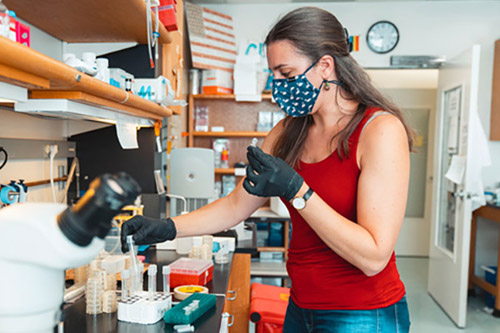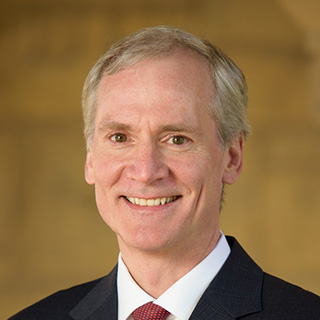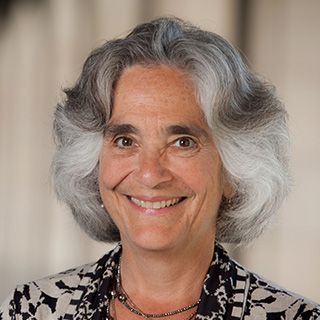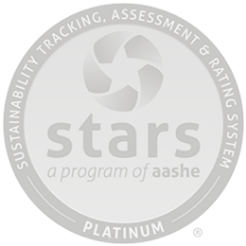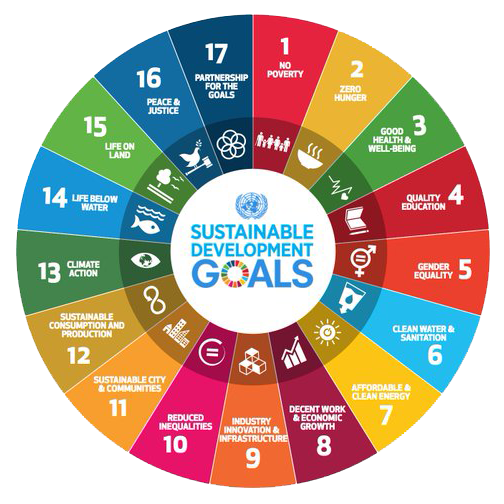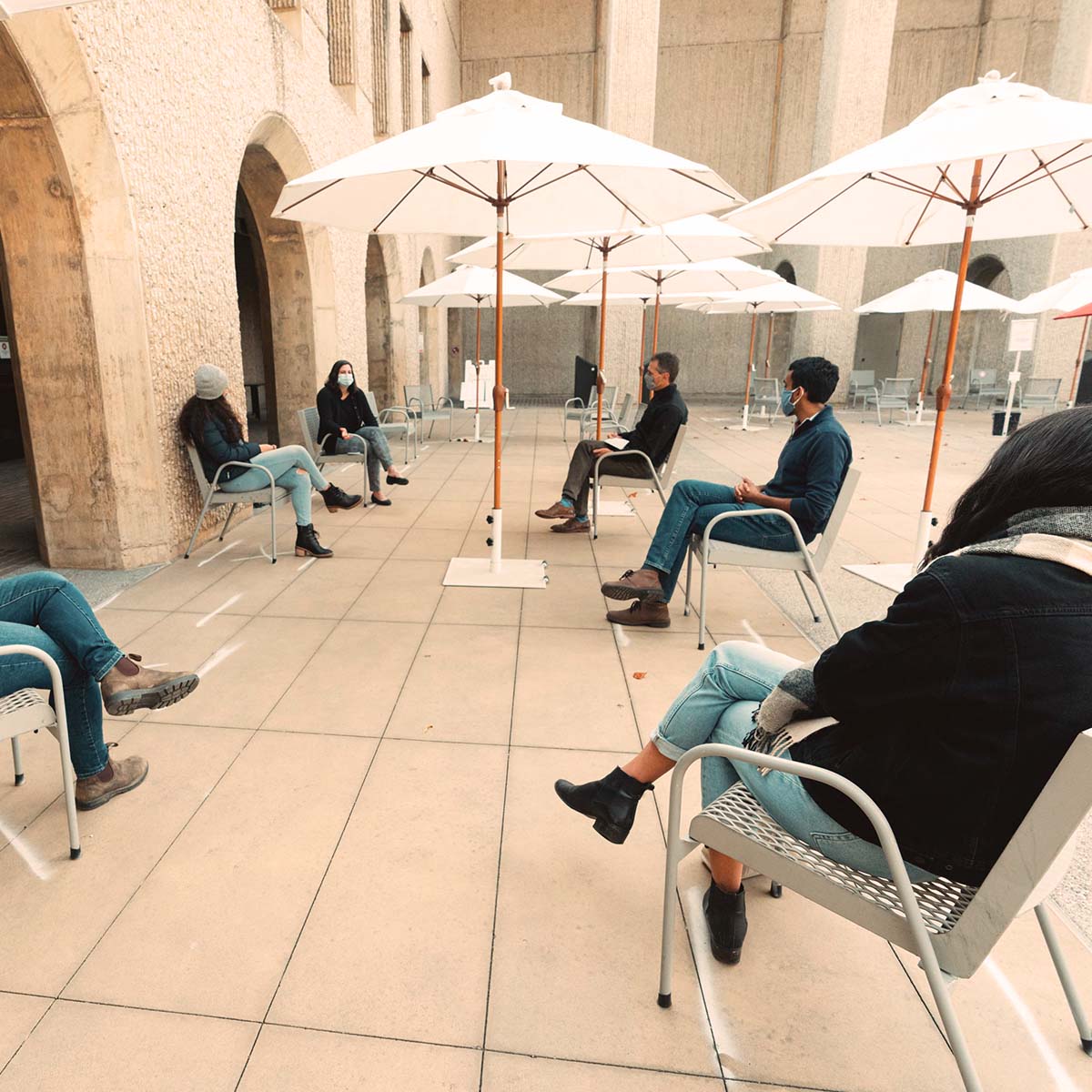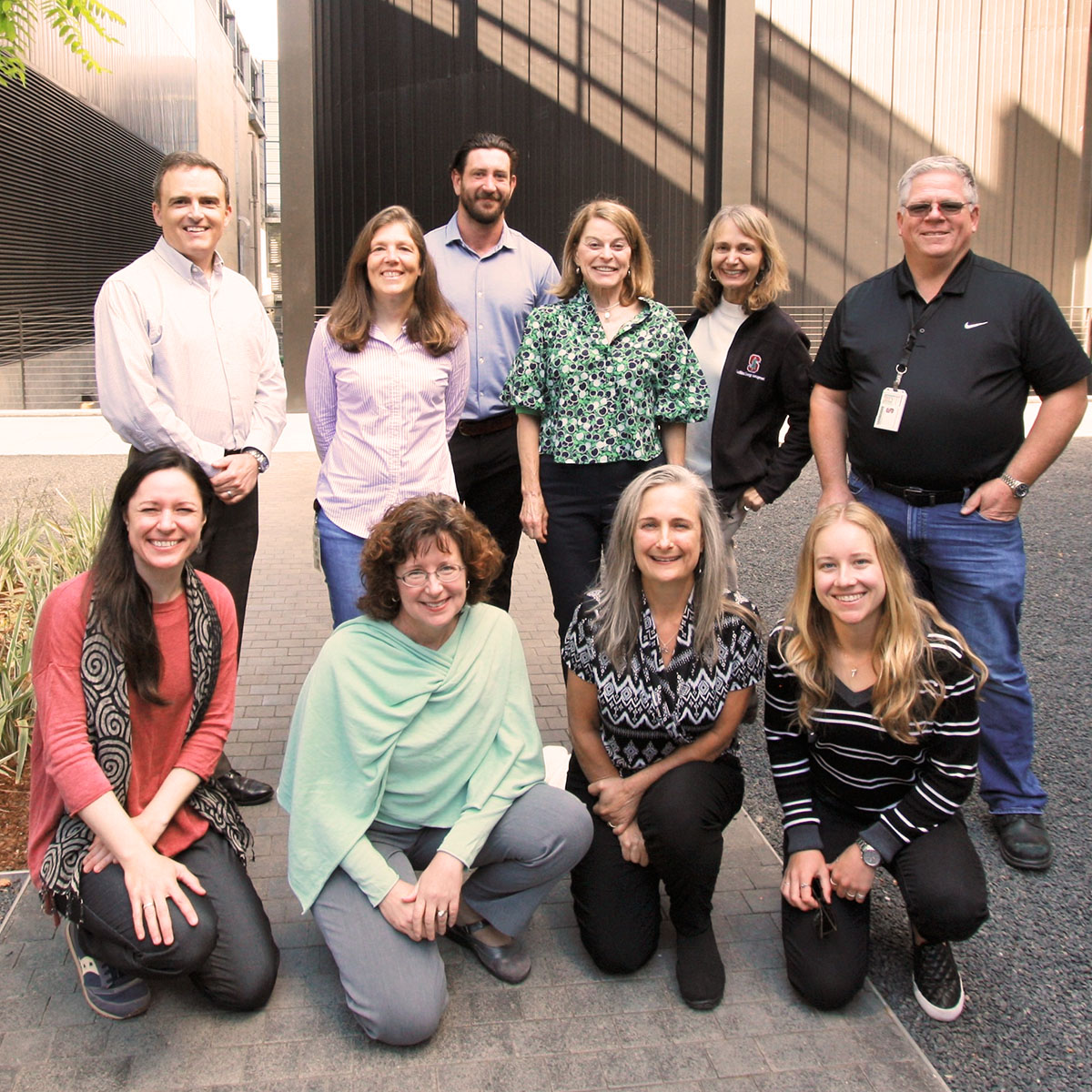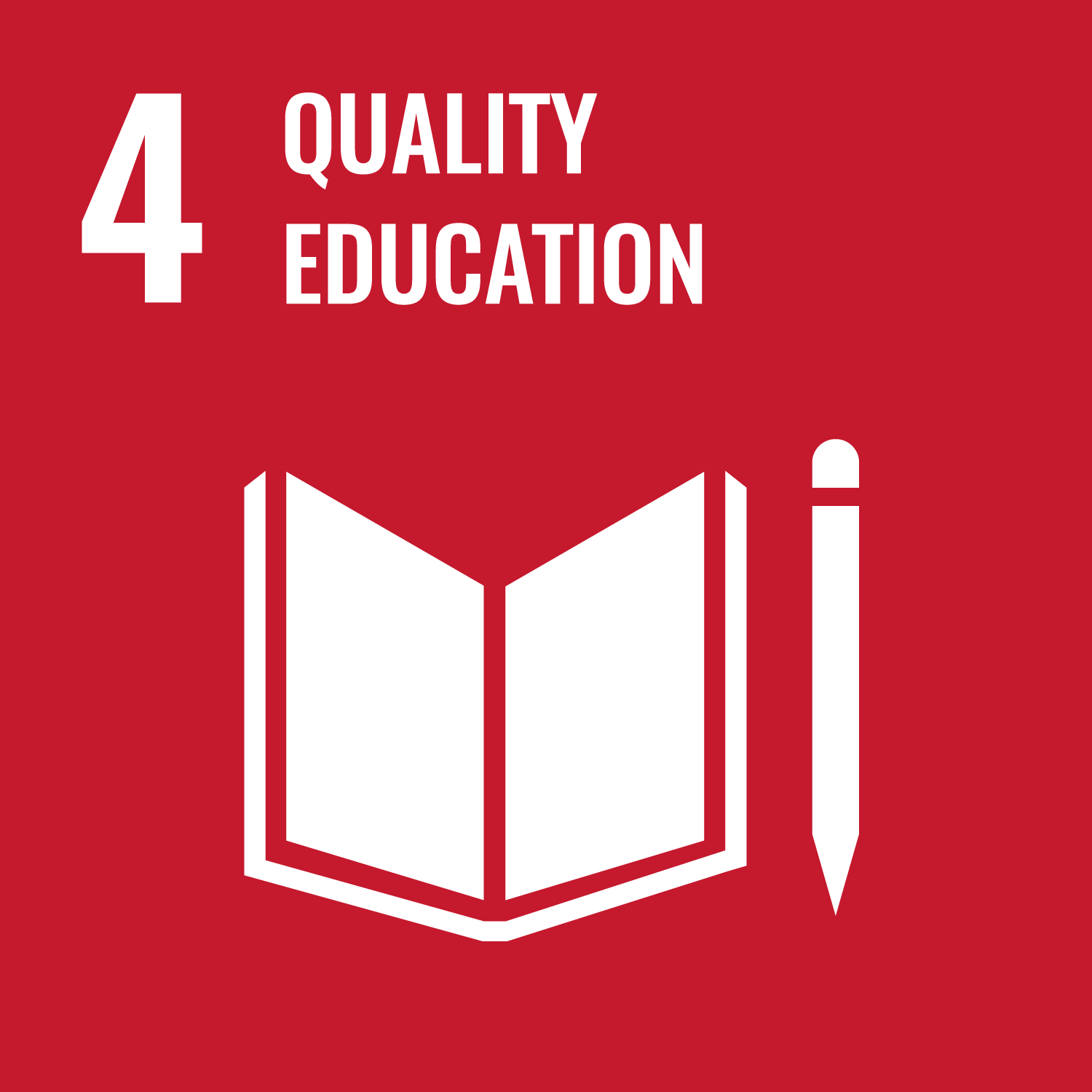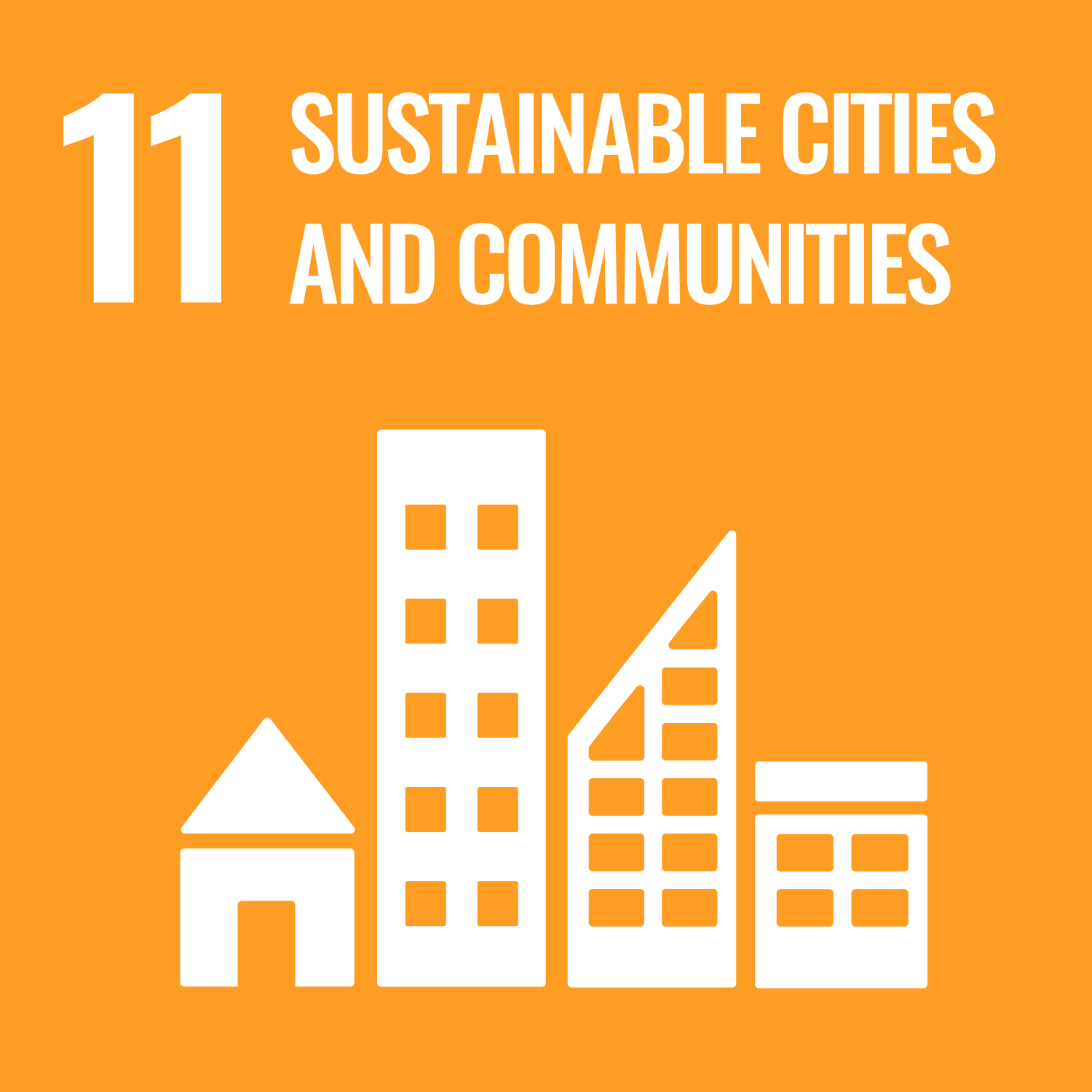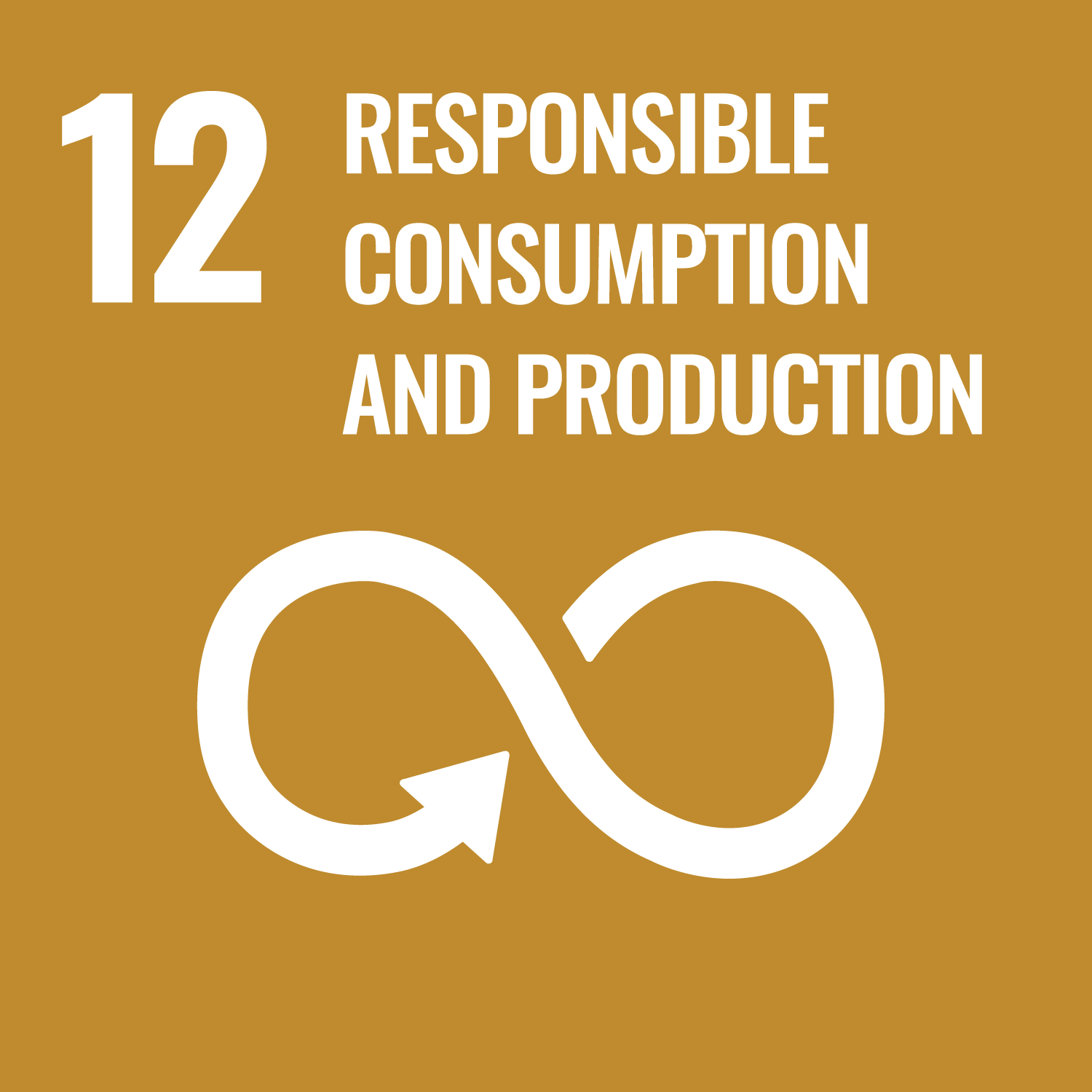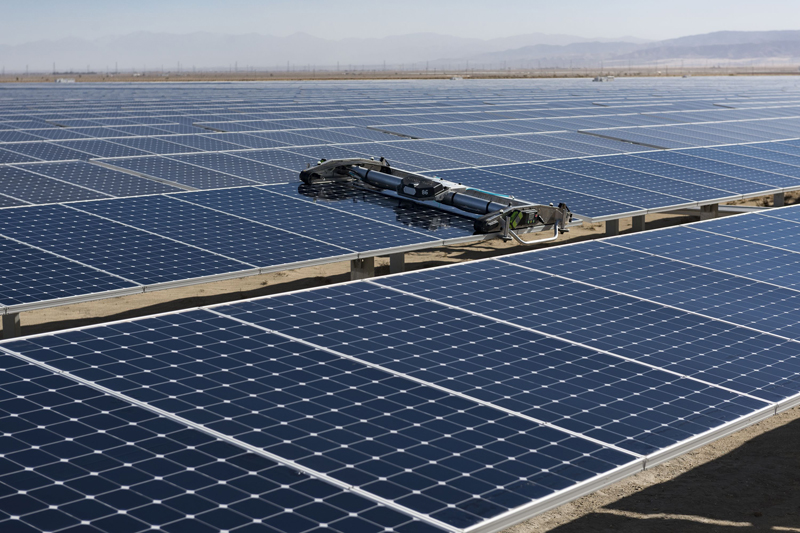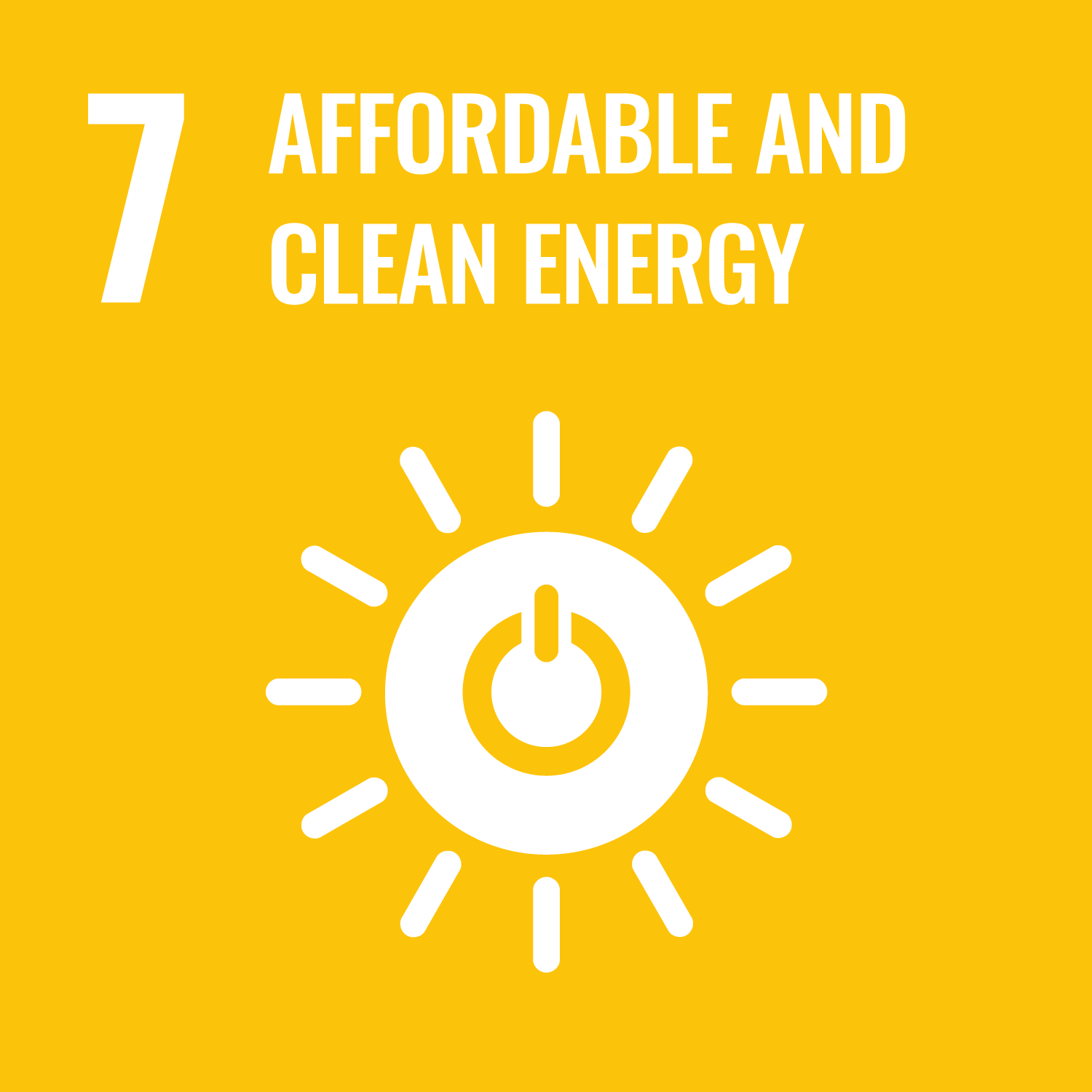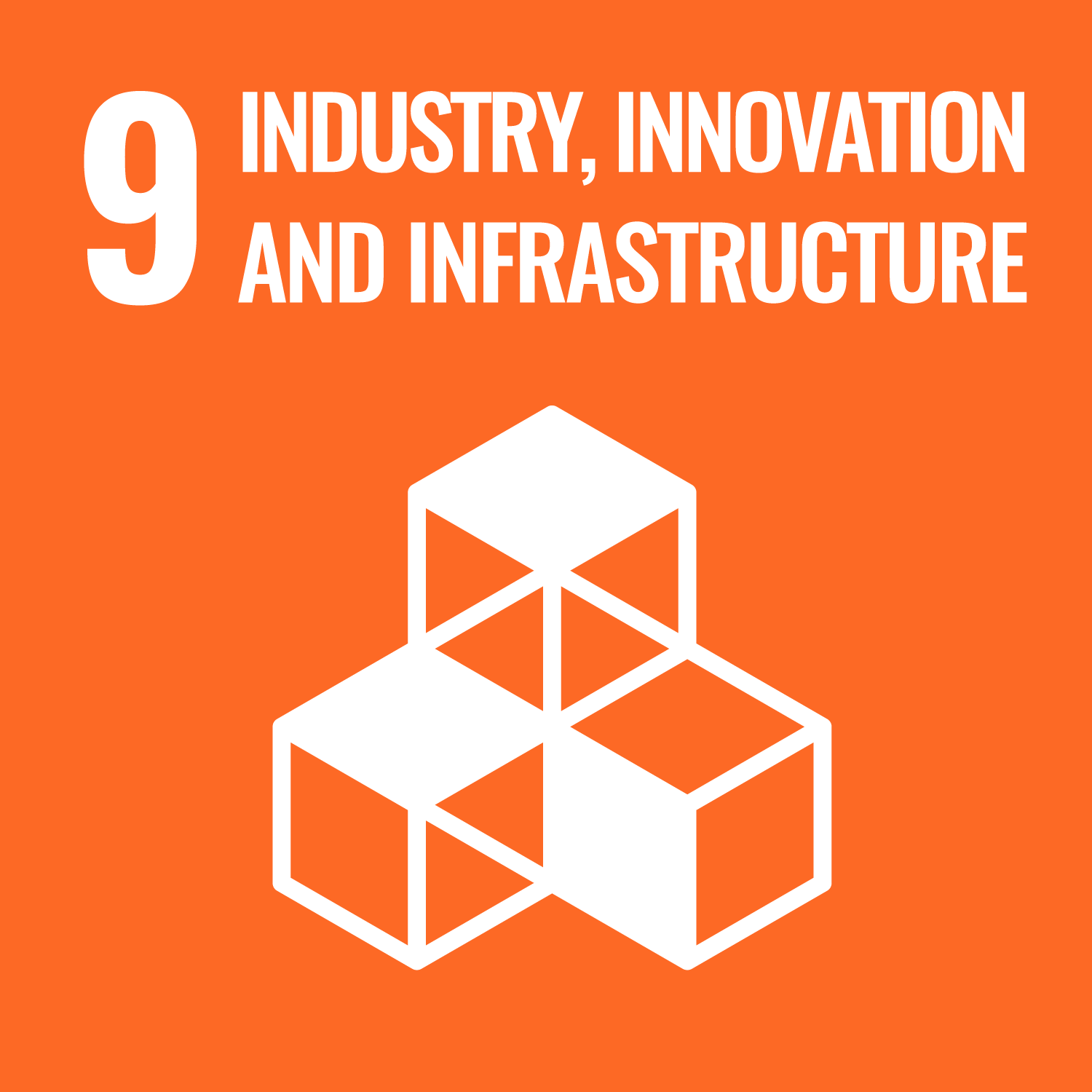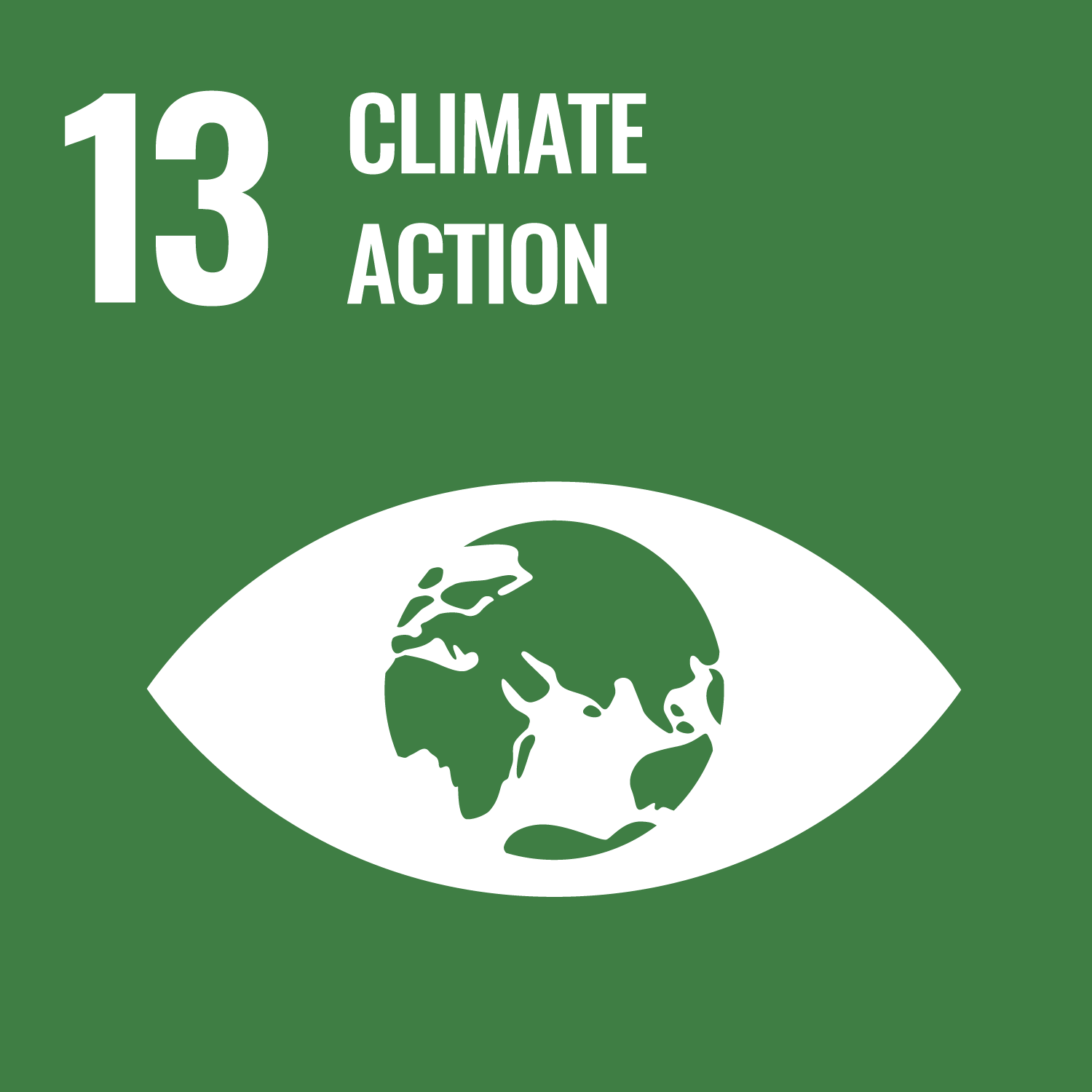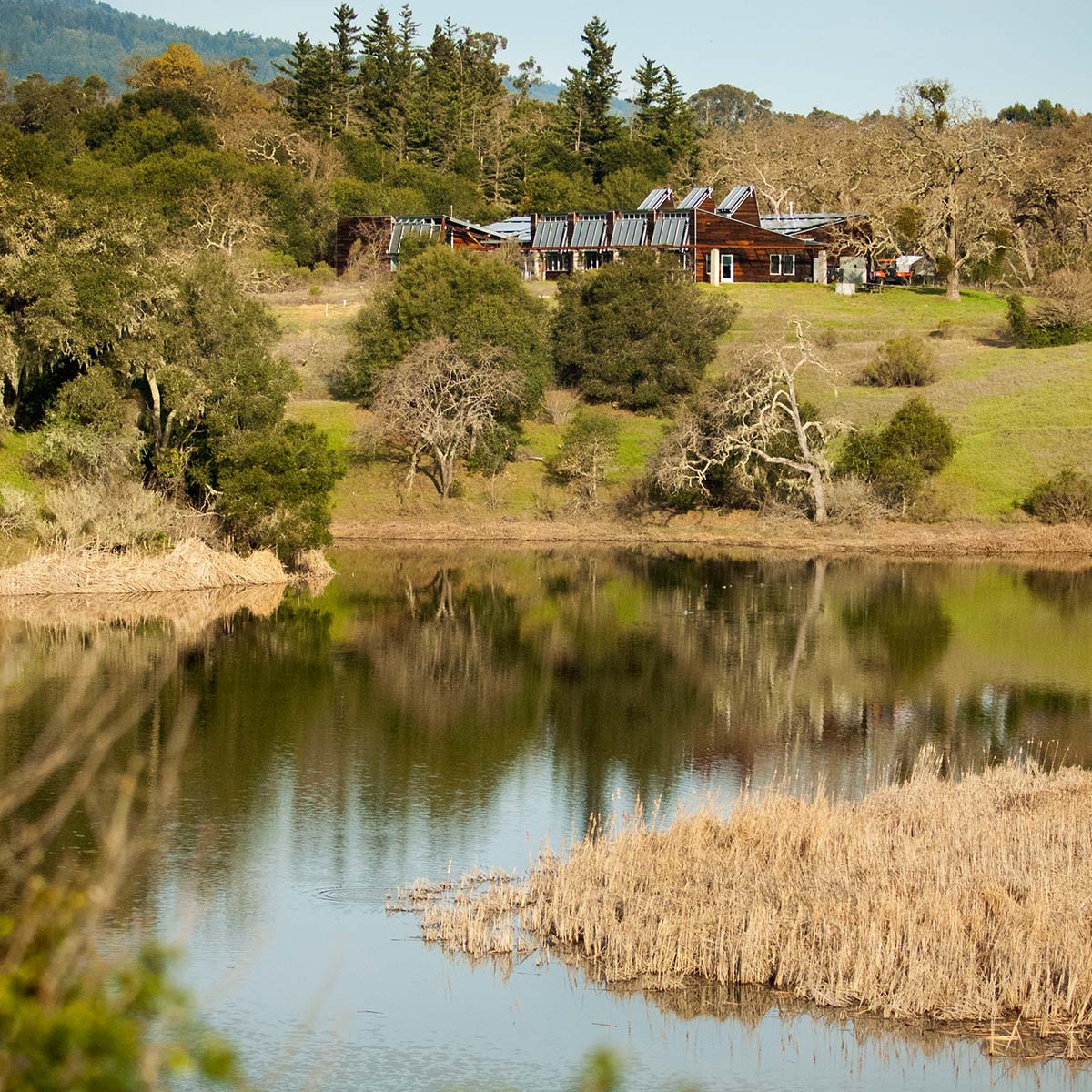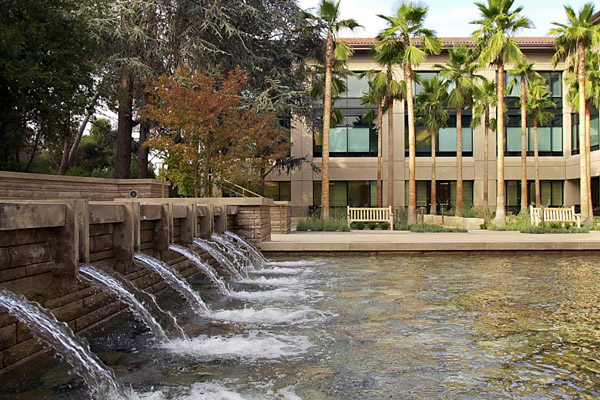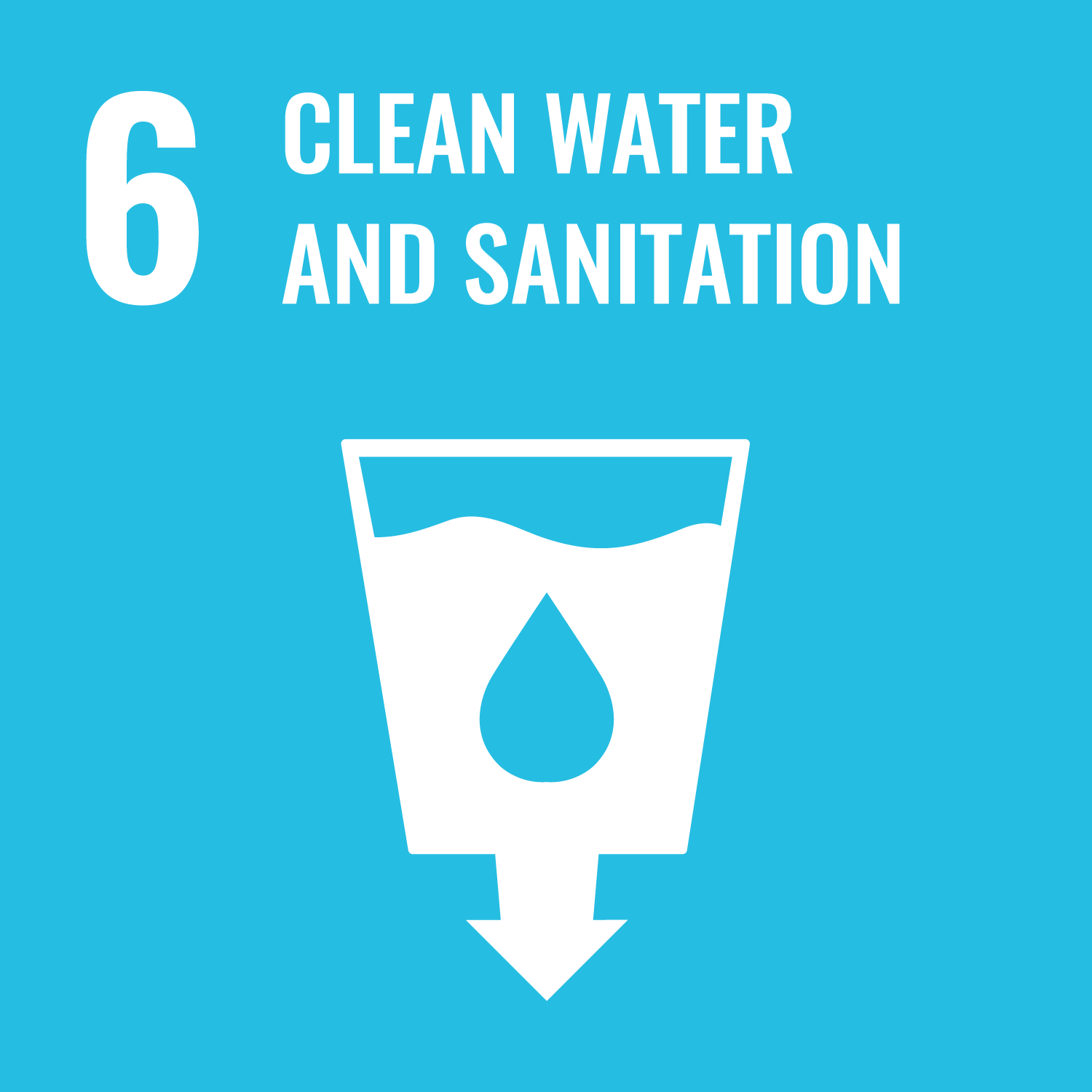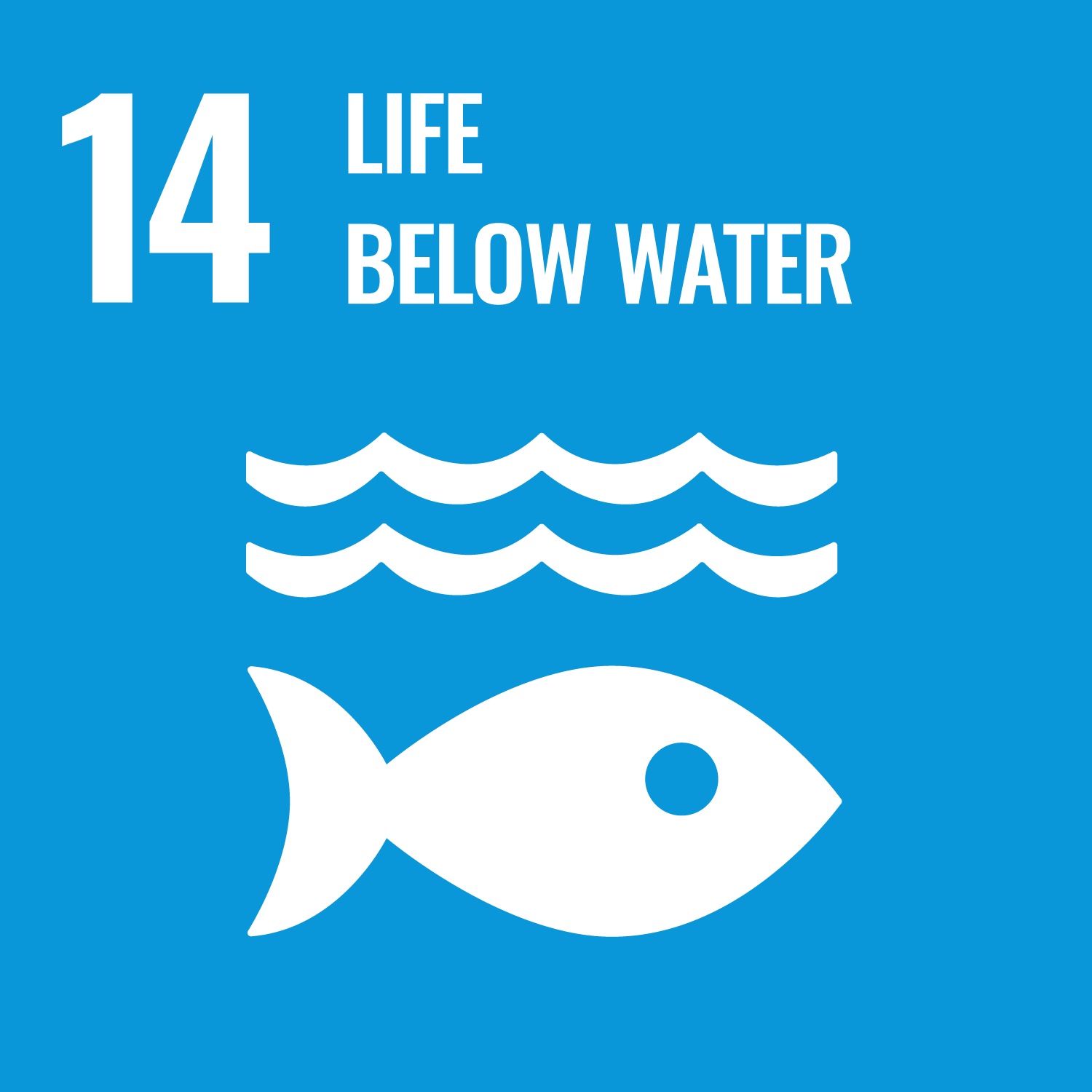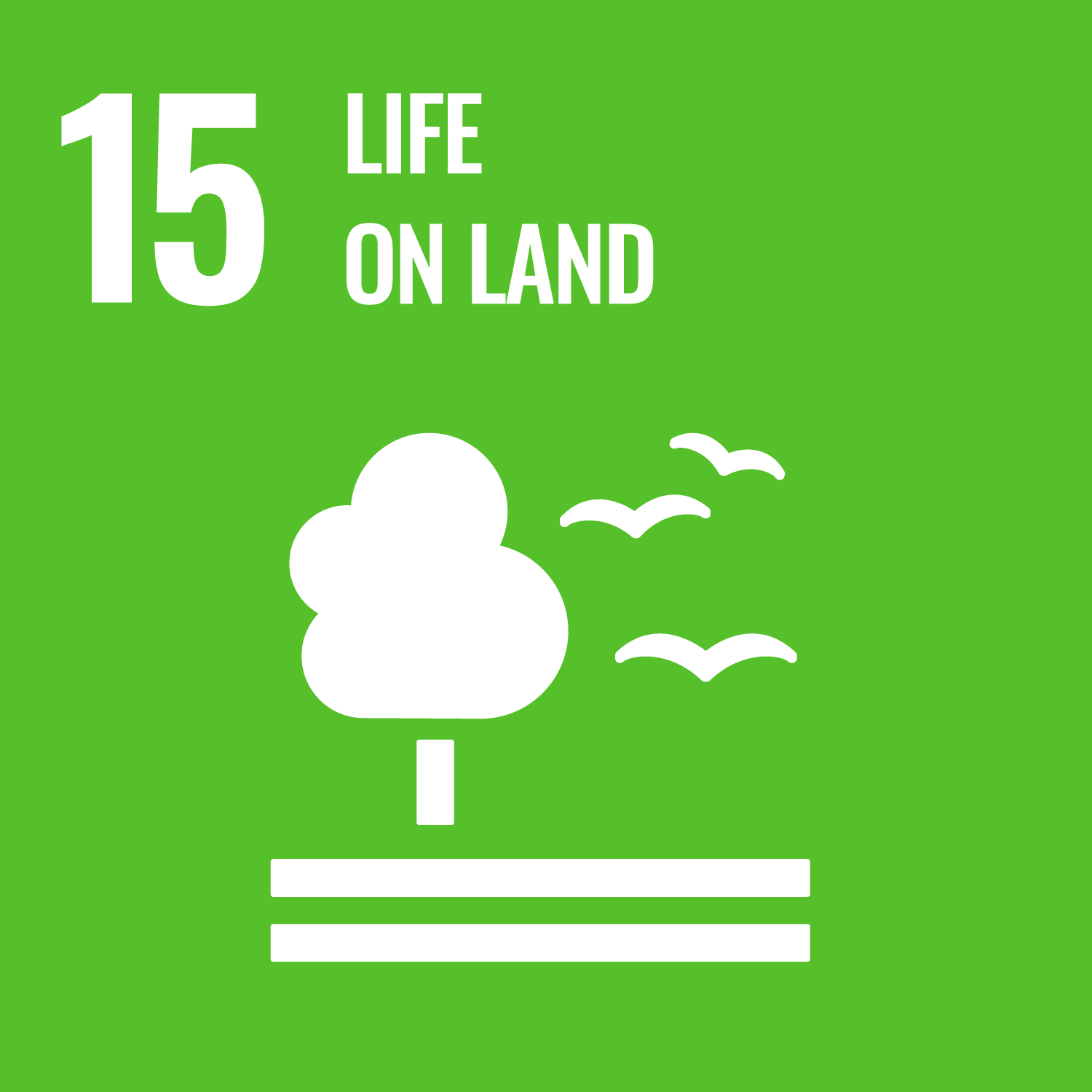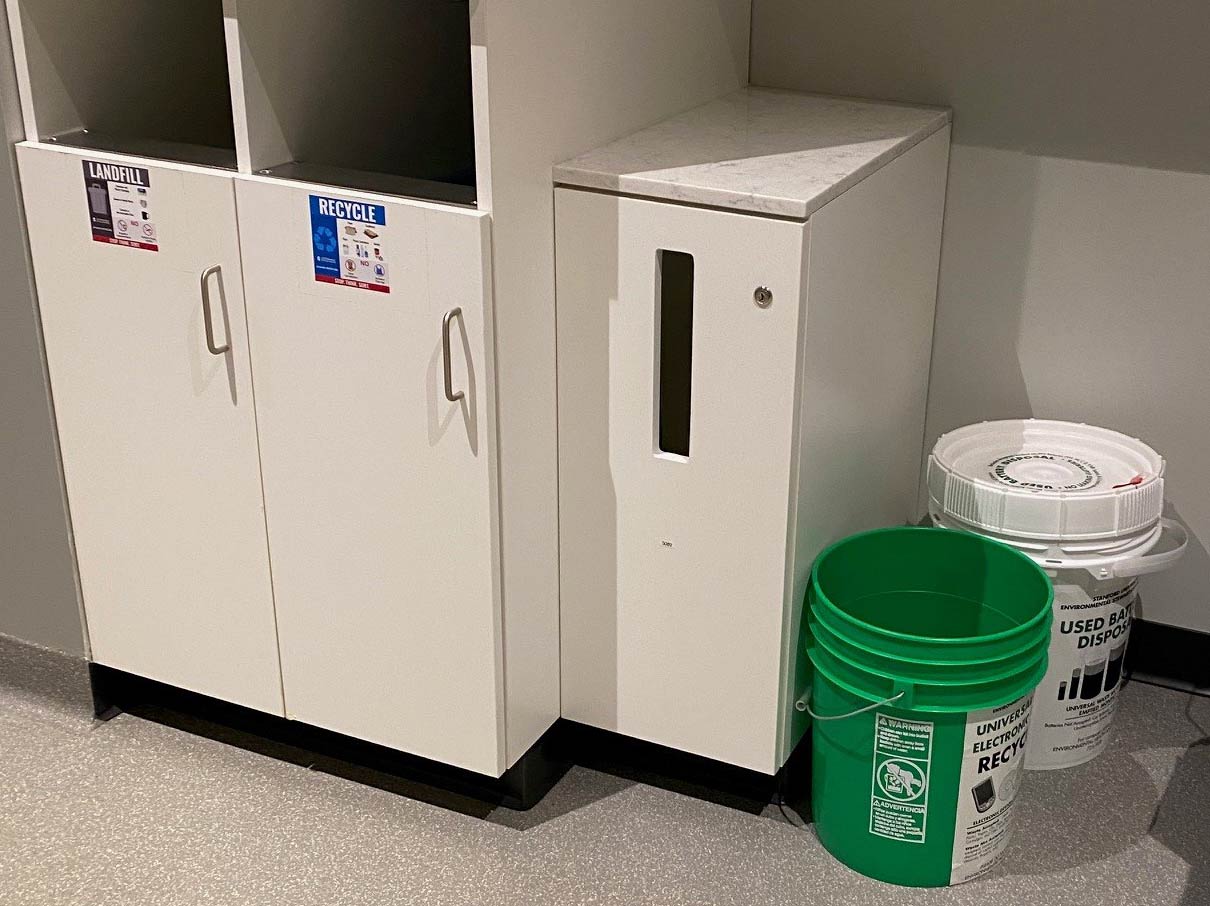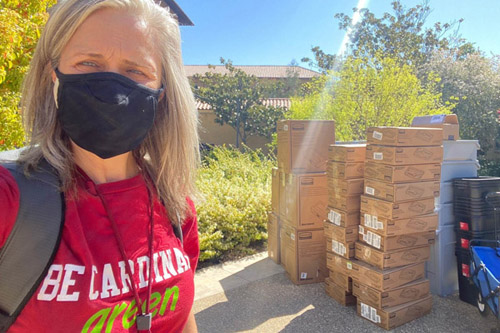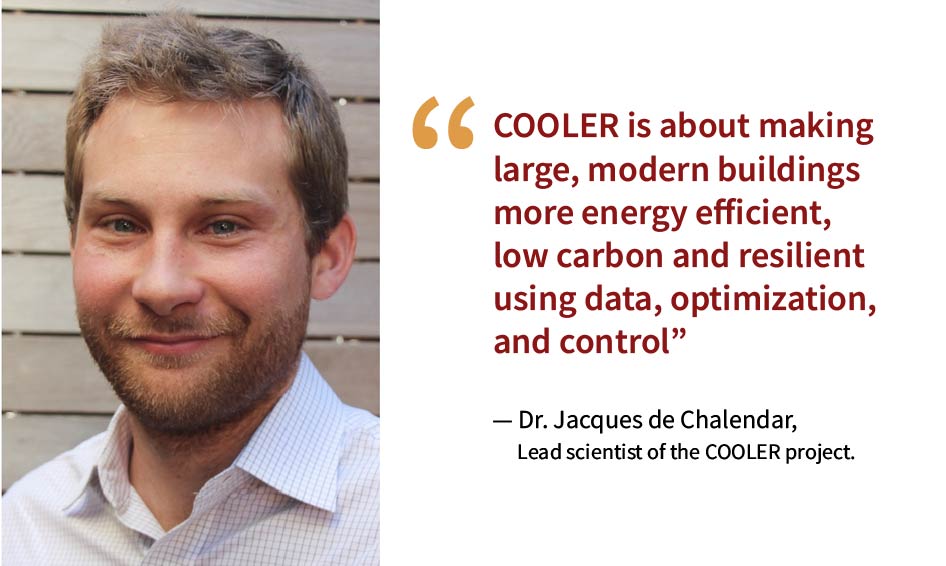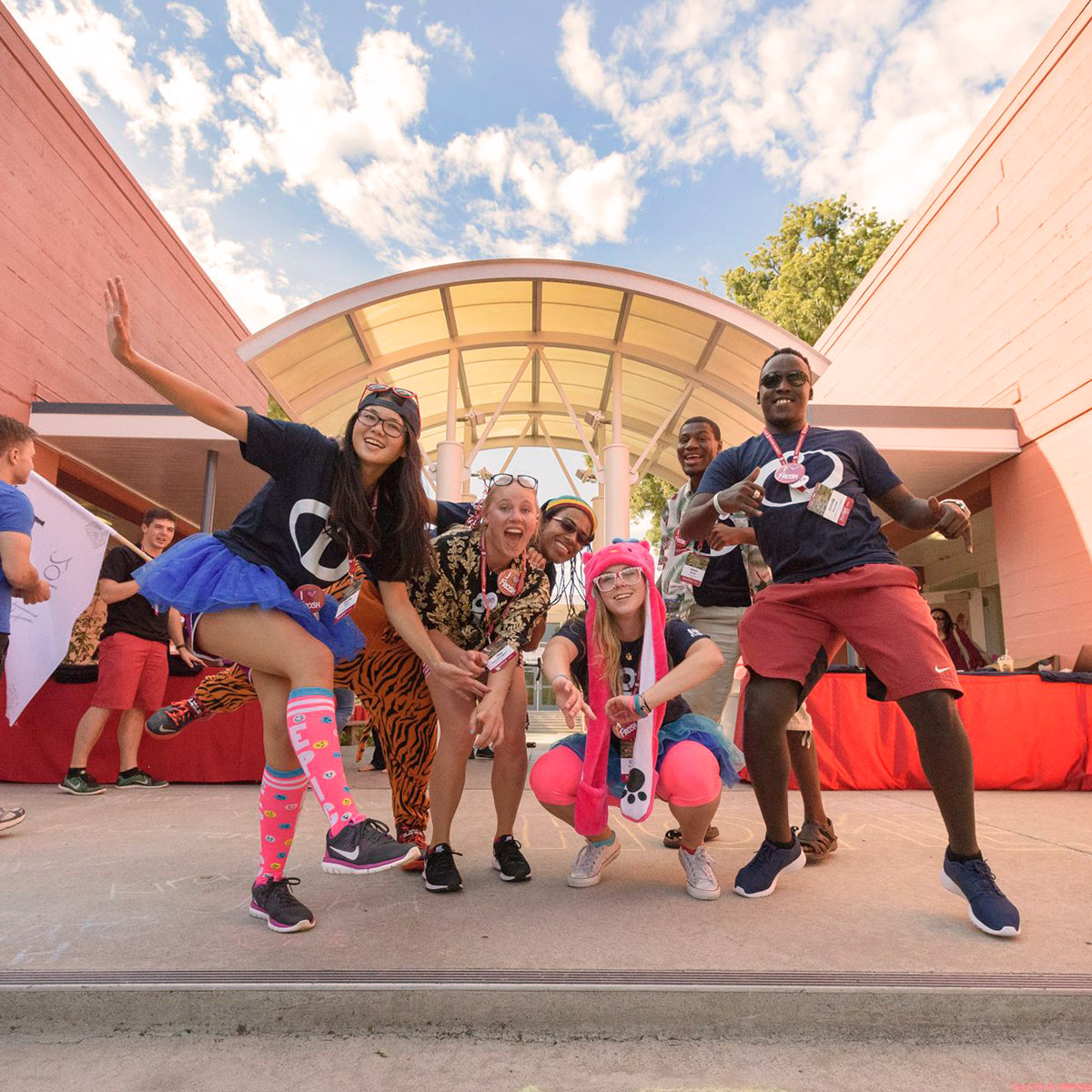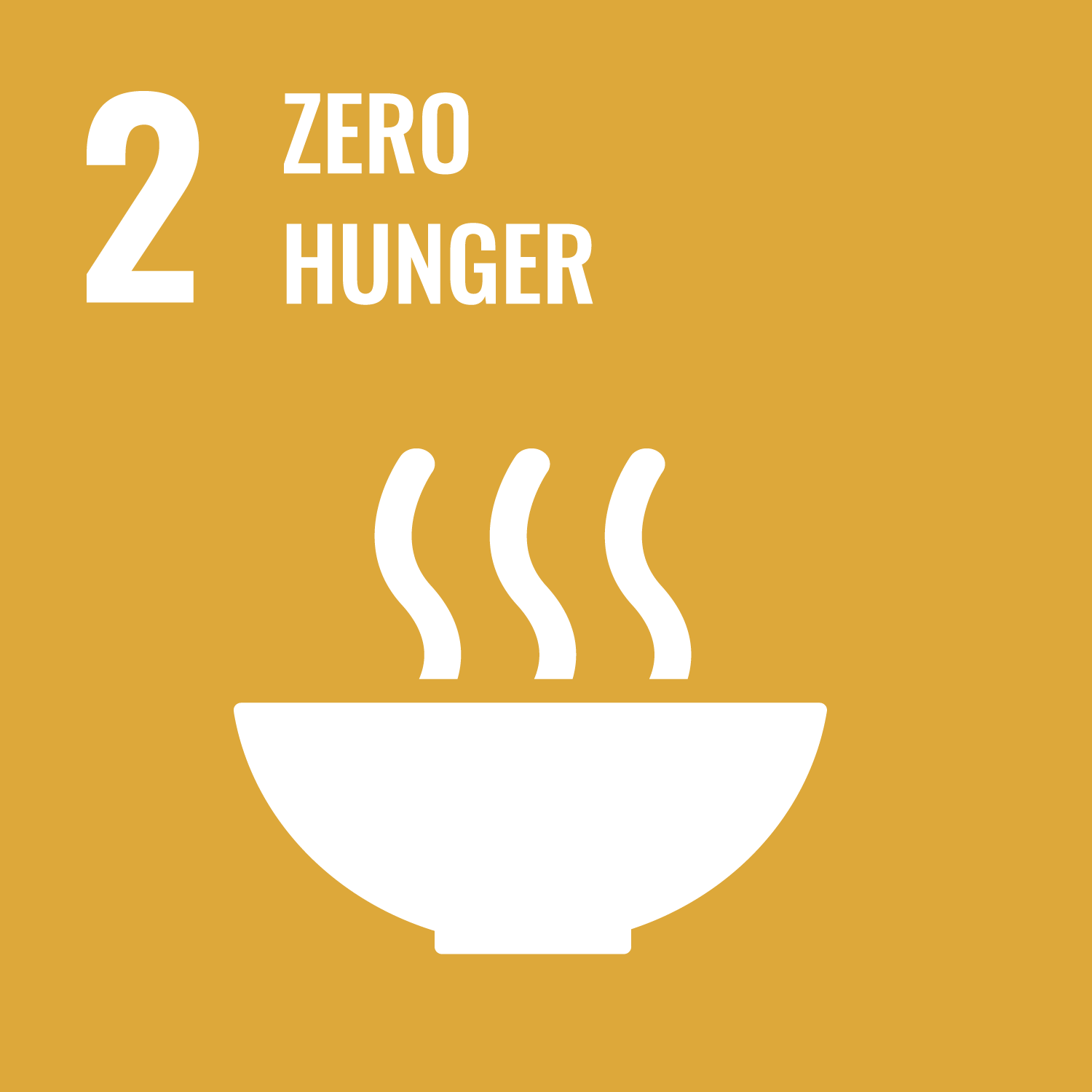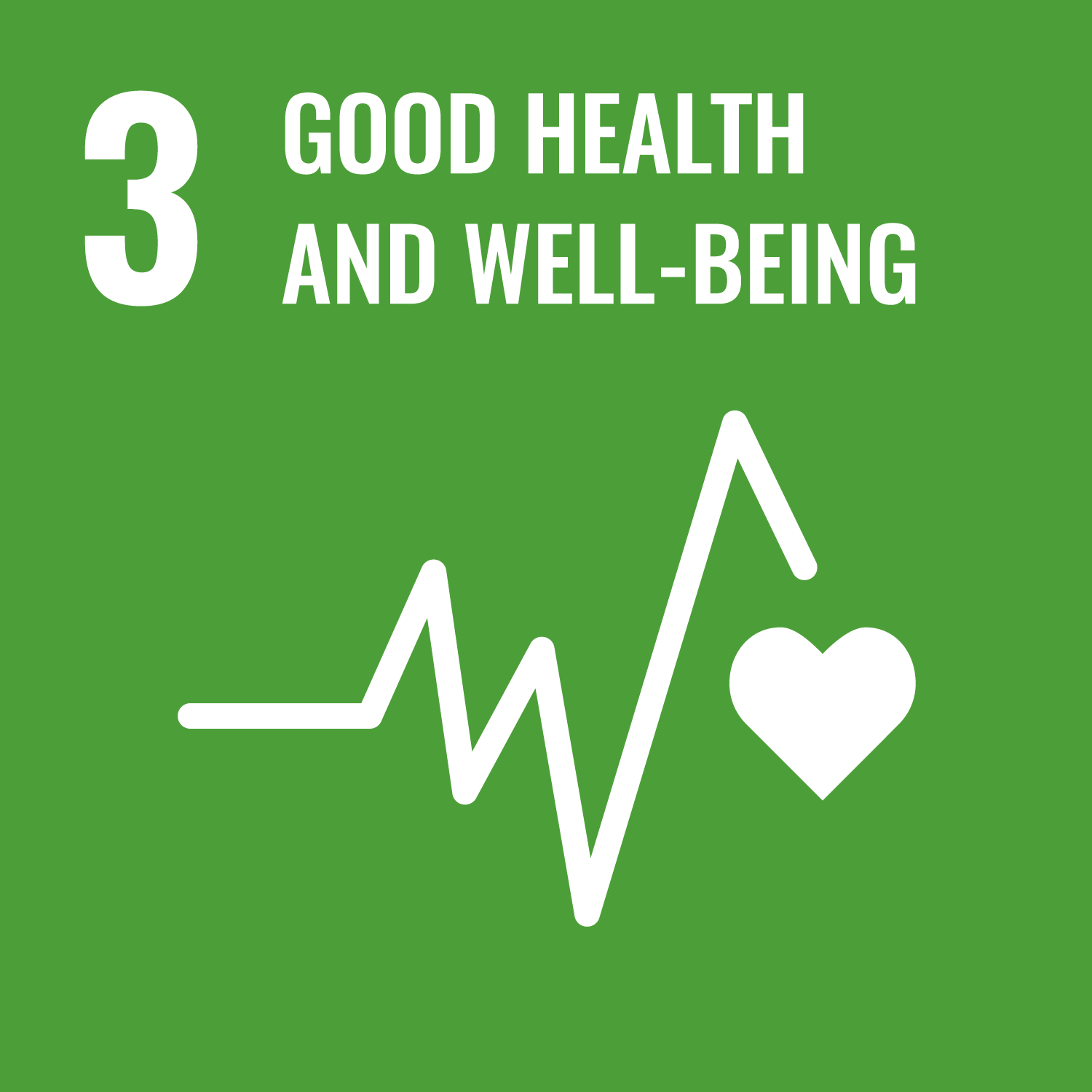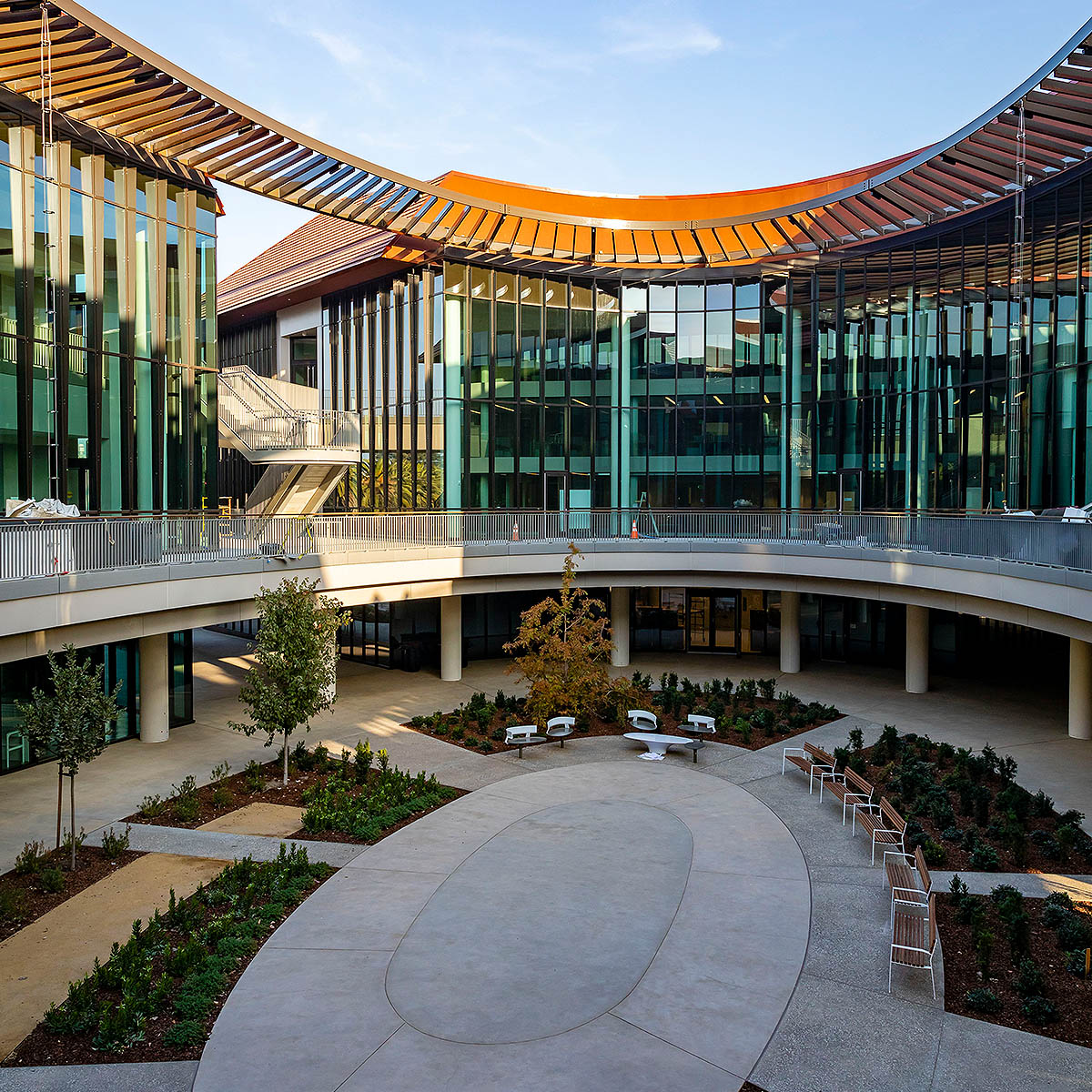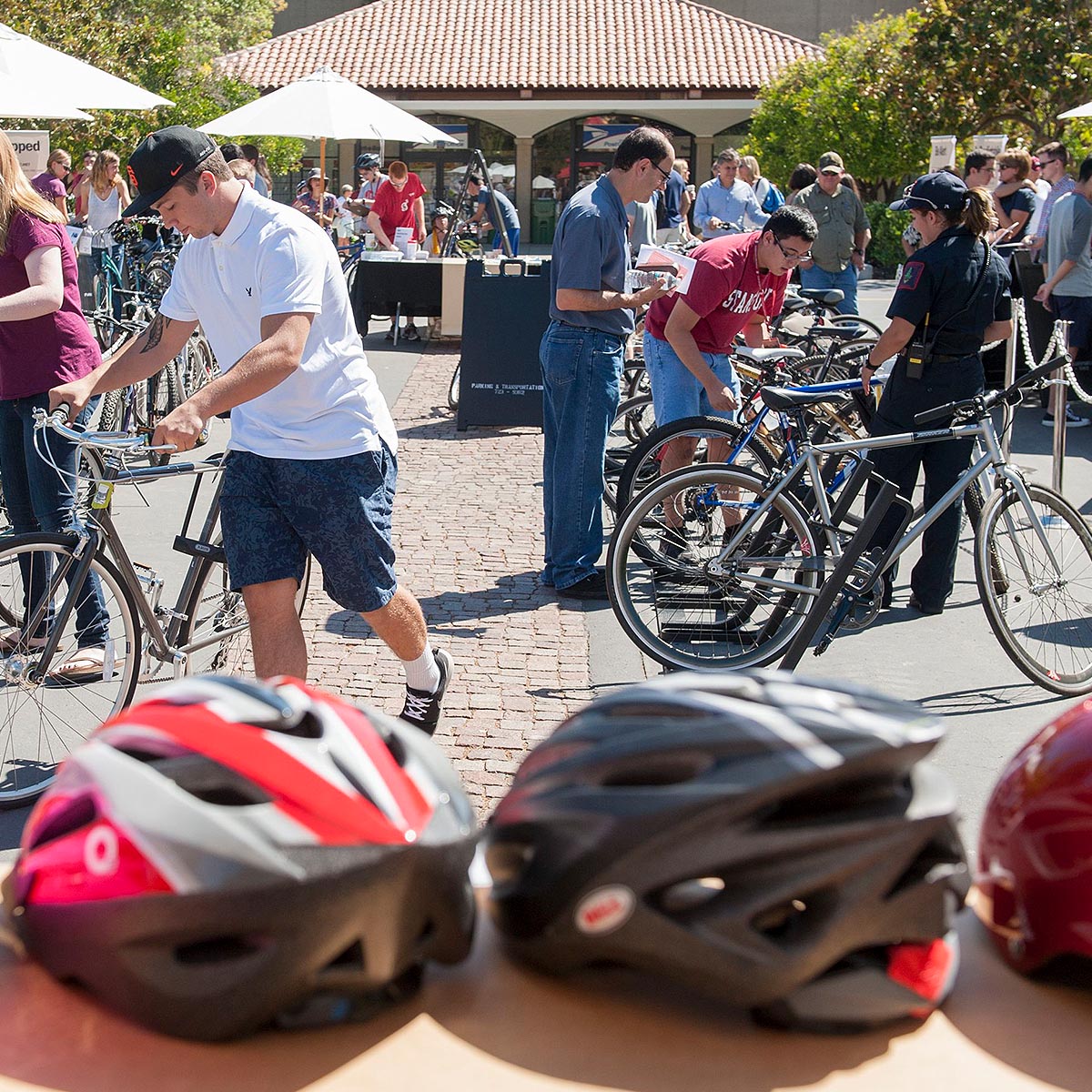As the Stanford community begins to re-engage physically, we are weaving the lessons and experiences of the global pandemic into new ways of thinking and living, with sustainability as a central motif. More people than ever are recognizing and responding to the realities of how our institutional systems and behaviors intertwine with the environmental, social, and economic health of our society and the planet. While fewer people may have been on campus over the past year, Stanford’s community has been persistent in pioneering sustainability research, programs, and infrastructure improvements.
Stanford’s Long-Range Vision commitment to create a school focused on climate and sustainability has continued to take shape. As part of the school’s purpose is to help the university function as a living lab, it was announced this year that the school will include a Sustainability Accelerator focusing on external engagements that translate policy and technology solutions into new applications. The school will also provide grants to students to do research on key initiatives, such as environmental justice and the circular economy.
Among other sustainability initiatives at Stanford, the new school is also one of the factors leading to Stanford’s newfound position as the first U.S. higher education institution to issue a bond based on environmental stewardship and social responsibility standards. This bond initiative demonstrates Stanford’s commitment to enacting sustainability on campus in a measurable way over the long term. Stanford’s IDEAL initiative was also noted as an element of social responsibility under the bond. In 2021, the IDEAL initiative also took the unprecedented step of launching a university-wide diversity, equity, and inclusion survey. The outcomes of this survey will aid the university in understanding and identifying gaps related to social and racial justice, which will foster further program development.
Despite the challenges of the pandemic, the Stanford community has ensured the university continues to make headway toward its goals to reduce campus greenhouse gas emissions by 80% and divert 90% of its waste from the landfill. In June 2020, the Board of Trustees passed a resolution calling for the university to eliminate its Scope 1, 2, and 3 greenhouse gas emissions by 2050. While the university has laid out a path to reducing Scope 1 and 2 emissions, Scope 3 emissions mitigation strategies are less clear. As a result, the university launched a new Scope 3 Emissions Program, sponsored by the Vice President of Business Affairs. The first of its kind within higher education, this new program aims to reduce, mitigate, or offset Stanford’s Scope 3 emissions and establish a path that other institutions can follow.
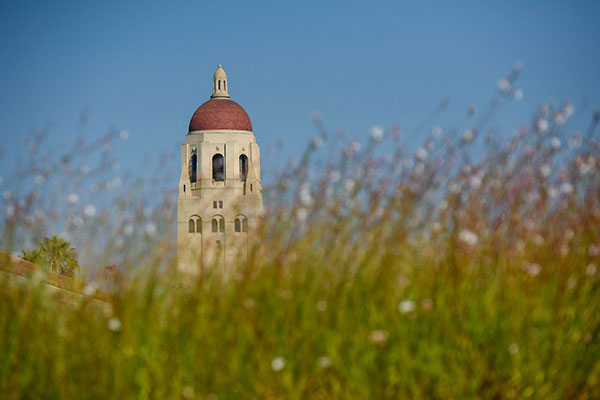
As the campus will be returning to in-person courses this fall, the university is now preparing for the “new normal” with sustainability and public health principles in mind. Staff are implementing changes related to dining, waste, energy, water, cleaning, and indoor air quality. New ways of teaching and working are also being piloted on and off campus. For example, a flexible work pilot has been conducted at Stanford’s Redwood City campus this summer, and resources are being shared to help instill sustainability best practices for those returning to campus.
Every member of the Stanford community plays a role in shaping the sustainable future of the university. Academic research, student behavior, and operational changes enacted on campus directly support the ability of the campus and broader community to thrive. The report below provides a glimpse of this year’s endeavors.

Aurora Winslade
Director, Office of Sustainability
Department of Sustainability and Energy Management (SEM)
